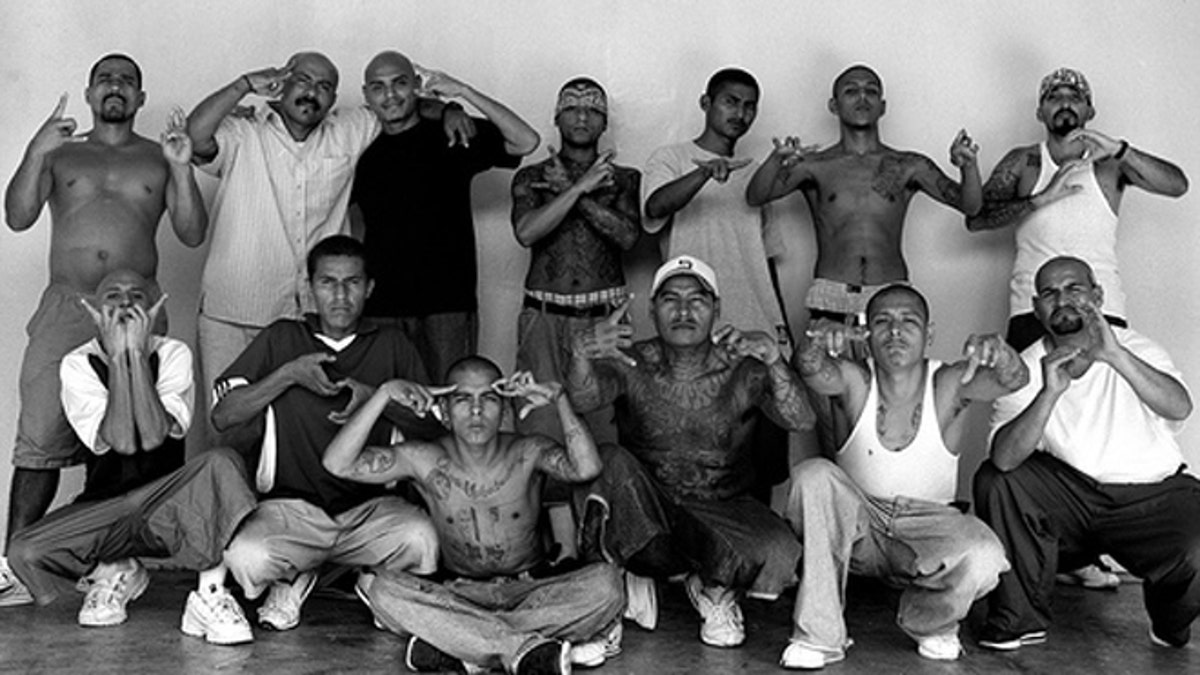
(Matheus Kawasaki @ Flickr)
The recent arrest of members of a Central American gang in Italy points to the spreads of such groups into Europe, even as experts argue over whether or not the "mara" is now a transnational criminal organization.
In a series of raids, Italian officials arrested 15 alleged members of the violent Barrio 18 gang in Milan and nearby cities. The arrested – mainly Salvadorans, but also two Italians – have been charged with various offenses including extortion, drug trafficking, armed robbery and the attempted murder of a rival from the Mara Salvatrucha (MS-13) gang.
The arrests are a culmination of an investigation that began in January 2014 after a Salvadoran woman accused gang members of sexually assaulting her.
Barrio 18 – and its more well-known rival MS-13 – was formed by Salvadorans living in Los Angeles in the 1980s during a time when many Central Americans fled to the United States to escape the civil conflicts that plagued the region.
The gangs began to flourish in Central America after many of their members were deported back to their home countries. Today, the groups are a major force in the region, helping to make Honduras, Guatemala and El Salvador among the most violent nations in the world. In the last decade, they have also made major inroads throughout the U.S and Canada.
And now, as the recent arrests show, Europe.
In Italy, Barrio 18 is centered mainly among the large immigrant populations in the northern part of the country. Authorities in Italy and Spain have noted an expansion of MS-13 in those countries as well.
"The key question surrounding this development is whether the spread is a result of Central American migrants bringing mara street gang culture with them and setting up autonomous networks, or whether these new European-based factions are running criminal operations with maras in Central America, suggesting the gangs have made the leap into transnational organizations," the security publication InSight Crime noted.
While there have been reports about these gangs working with their street-level counterparts in places like Spain, experts argue that it is a far reach for them to begin transnational operations like large-scale drug trafficking given the opposition they would face from traffickers with established European networks like the Mexican and Colombian cartels, as well as Mafia groups in Italy.
A 10-year investigation by Italian authorities that ended in 2012 revealed cooperation between Italian groups and Mexican drug traffickers to bring shipments of cocaine across the Atlantic.
The U.S. Drug Enforcement Agency also announced links between Mexican cartels and criminal groups in Mozambique, the Democratic Republic of the Congo, Ghana and Nigeria. The Sinaloa Cartel – the criminal organization headed by the escaped drug lord Joaquín "El Chapo" Guzmán is also known to have connections in Europe as well as other places in Latin America, Africa, Asia and Australia.
